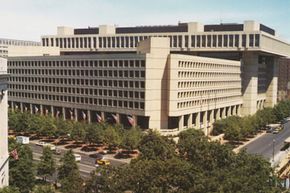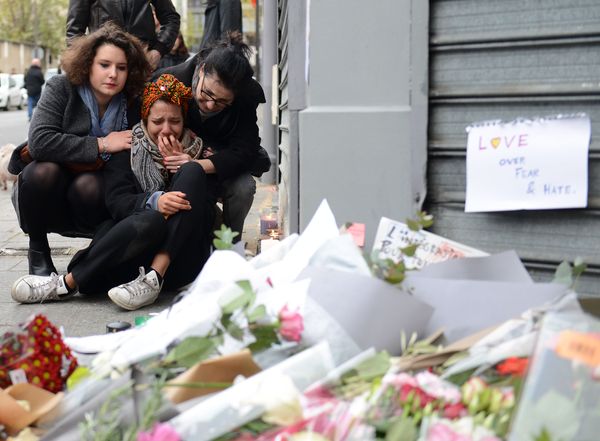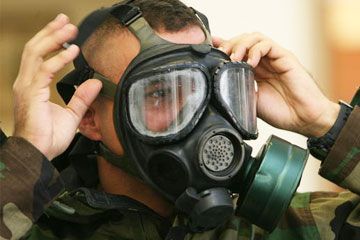The United States government defines terrorism as "premeditated, politically motivated violence perpetrated against noncombatant targets by subnational groups or clandestine agents" [source: 2008 National Counterterrorism Center]. Terrorist groups are difficult to identify and track. Unlike military units or agents, a terrorist's affiliation with a particular country or ideology doesn't have to be official. Terrorists may operate with or without the knowledge of any official authority.
The anonymity and mobility of terrorists is part of what makes them so dangerous. It's also difficult to apply political pressure to stop terrorist activities. While one government might be able to gather international support to pressure another government to end hostile activities, there are few political channels a government can pursue to curtail terrorism.
Advertisement
In some countries, governmental authority isn't strong enough to crack down on terrorist groups. In others, the government might have a similar philosophy to terrorist cells. These governments might not put forth much effort to ending terrorist activity.
That's why the United States dedicates billions of dollars to fighting terrorism -- the 2010 budget request for the Federal Bureau of Investigation's counterterrorism/counterintelligence programs was $3.1 billion [source: U.S. Department of Justice]. Other government agencies also have budgets for counterterrorism task forces. However, the details of the National Counterterrorism Center's budget are classified [source: Hunt]. So, it's really impossible to say exactly how much money goes to tracking terrorists.
But how does the government track these groups in the first place? What sources of information are reliable? Is there coordination among various antiterrorist task forces? Let's take a closer look.
Advertisement



